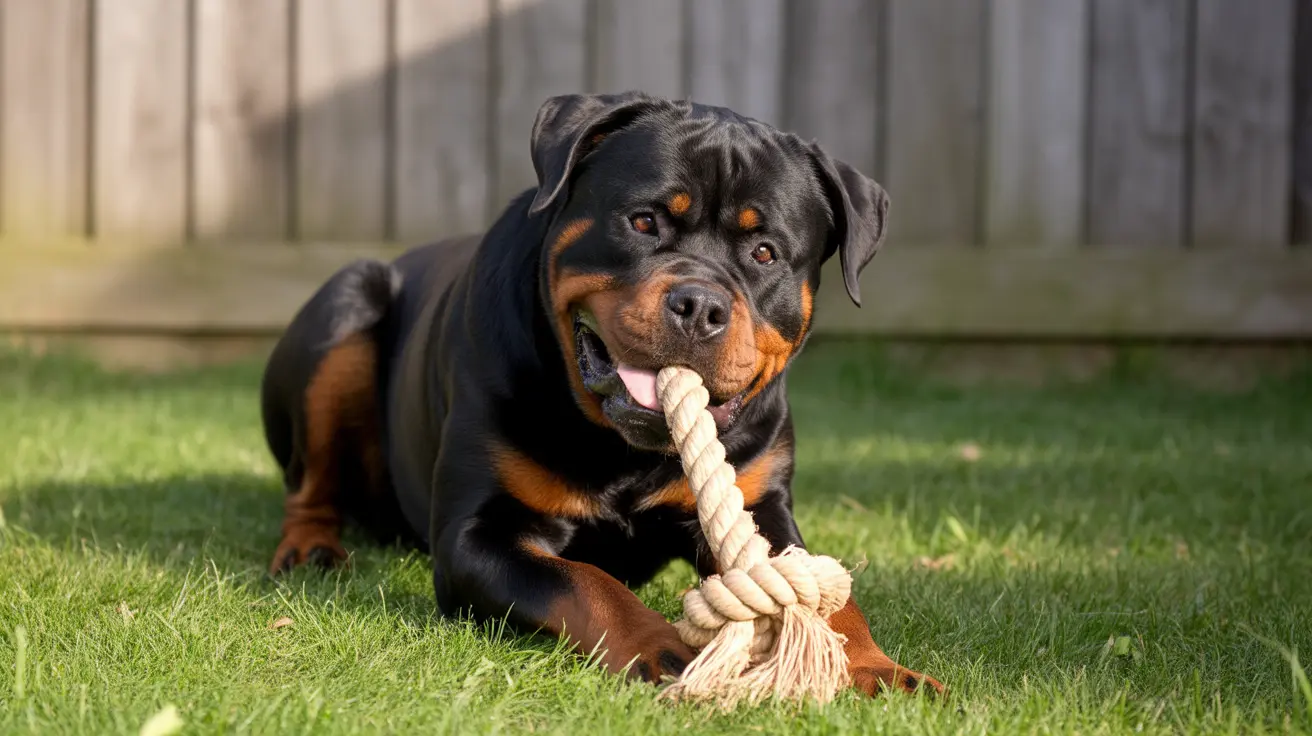Effective Strategies to Treat Separation Anxiety in Dogs
Separation anxiety in dogs is a challenging but common behavioral issue, triggering distress when a dog is left alone. Symptoms can include excessive barking, destructive chewing, howling, pacing, house soiling, and even self-injury in extreme cases. Rapid and effective treatment involves a combination of behavior modification, environmental adjustments, and sometimes professional help.
Understanding the Causes
Several factors contribute to separation anxiety:
- Changes in Environment: Moving homes, changes in routine, or losing a family member can trigger anxiety.
- Past Trauma: Shelter dogs or those rescued from abusive environments often display heightened separation sensitivity.
- Breed Temperament: Some breeds are more prone to anxiety and vocalization than others.
Immediate Steps to Reduce Separation Anxiety
Here are some of the fastest and most effective interventions:
- Crate Training: Introduce a comfortable crate as a safe zone. Ensure the crate is a positive space with treats and toys.
- Interactive Toys & Puzzles: Use treat-dispensing puzzles or stuffed chew toys to provide mental stimulation during your absence.
- Exercise Before Departure: Engage your dog in active play or a walk to reduce restlessness and increase relaxation.
- Comfort Items: Leave behind a blanket or worn clothing with your scent for comfort.
- Background Noise: Leave a TV, radio, or white noise machine on to create a sense of normalcy.
Behavior Modification Techniques
Calming your dog through training and conditioning is essential. Follow these steps:
- Gradual Desensitization: Start by leaving your dog for short periods and gradually increase the time alone.
- Counter-Conditioning: Pair departure signals (like grabbing keys) with treats to reduce negative associations.
- Routine Establishment: Keep consistent times for meals, exercise, and departures to reduce unpredictability.
Natural Remedies and Supplements
While not a cure, these can help reduce anxiety levels:
- Calming Treats: Products containing Chamomile, Valerian root, and L-Theanine can help soothe some dogs.
- Pheromone Diffusers: Synthetic dog appeasing pheromones mimic natural calming scents.
- Veterinary-Supervised Supplements: Always consult your vet before introducing any supplement.
Avoidance of Punishment-Based Methods
Punishment or aversive collars (like shock collars) should be strictly avoided. These can increase fear and worsen the condition.
When to Seek Professional Help
If symptoms persist, consult a professional dog trainer, behaviorist, or veterinarian. In cases of severe anxiety, medication may be necessary as part of a comprehensive treatment plan.
Conclusion
The fastest way to relieve separation anxiety in dogs is not a single action but rather a comprehensive approach involving routine, mental enrichment, exercise, and patience. With consistency and proper strategies, most dogs show significant improvement in their ability to cope with being alone.





